Tart, lemony, crimson hued sumac is a much-loved Food Find in my pantry for good reason. A dried spice that packs a sour and fruity punch, similar but less acidic than lemon or vinegar, sumac has as many uses as you can dream up.
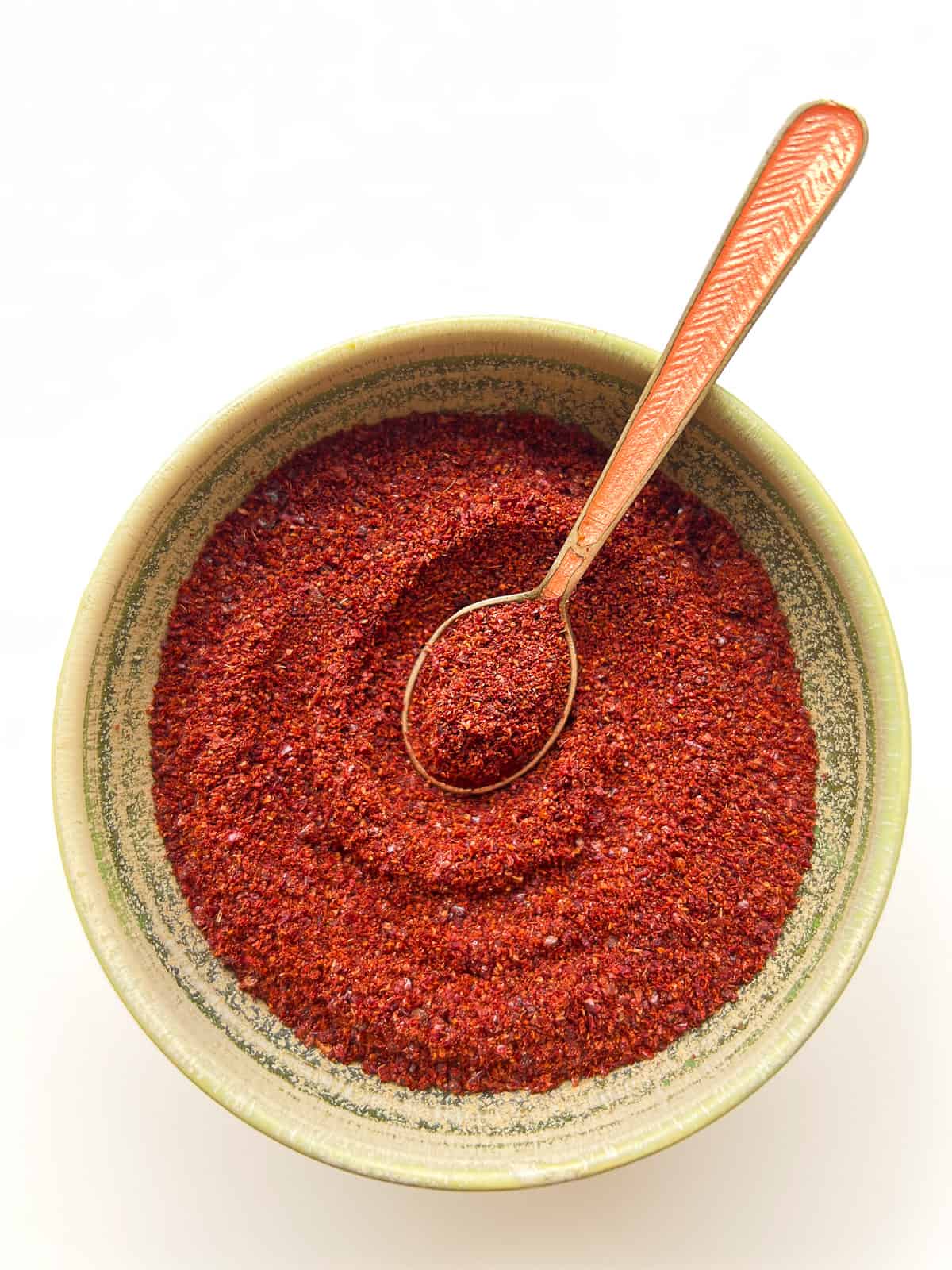
Culinary sumac is derived from the dried and ground fruit of the sumac plant, which appear as clusters of small red hairy berries on its namesake shrub. You have probably seen common staghorn sumac throughout many Canadian landscapes, and elsewhere, which according to one of my favourite spice purveyors, is similar to the Middle Eastern species of sumac used for culinary production.
Sumac is used in many cuisines across the Middle East and is a regular ingredient in many versions of za’atar, another long esteemed condiment of the region. Sumac is also an important ingredient in the Lebanese salad fattoush (or fattouche), and in my favourite fatayer sabanekh, triangular spinach pies rich with lemony sumac, amongst many other dishes.
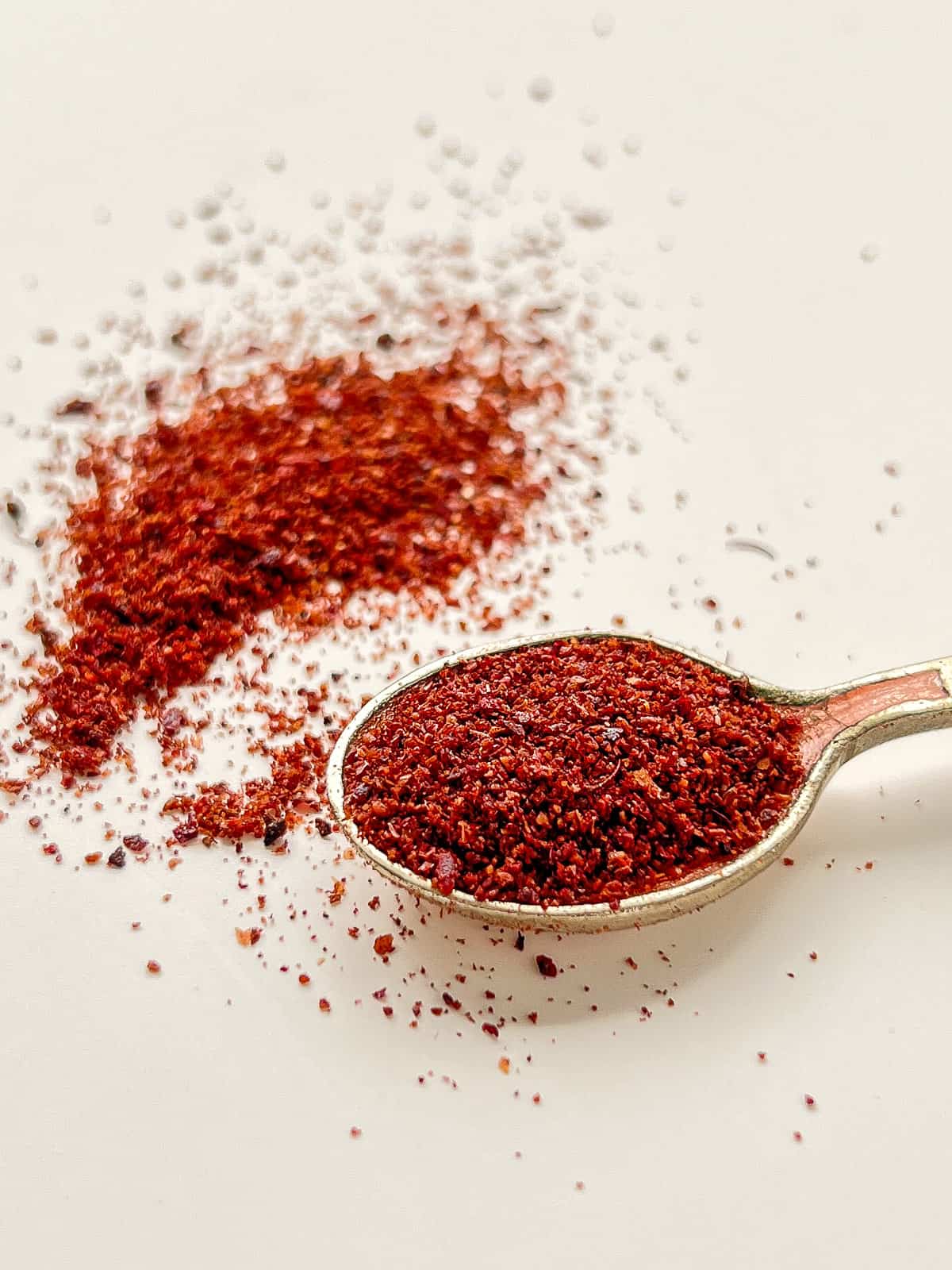
Where to find sumac
Sumac is readily found where spices are sold; you may find it at your local supermarket, certainly at stores that specialize in foodstuffs from across the Middle East, at specialist spice merchants, or at various online sources.
Many commercially available varieties of sumac are dried with salt, so this is something to note if you are adding a significant quantity to any dish or are eating less salt; wildcrafted and sun dried sumac without salt are available at some specialty vendors.
Ways to use sumac
The wonderful thing about sumac is that it can be easily used to complement whatever dish you have prepared, even if it is not called for in the recipe. Like za’atar, I think of sumac as a spice that turns simple combinations of food into ‘dishes’.
Simply sprinkled as a flavour enhancing topping on hummus, sprinkled into a marinade or onto a salad, or swirled into some cooked beans bolstered with olive oil, sumac shines as a sour, citrusy perk up where you might otherwise have used vinegar or lemon.
While sumac is bright and tart, I find it can have floral and woody dimensions and is also less acidic on the tongue, making it a flavourful ingredient that brightens up any dish. Sumac also shines when featured as a key ingredient in a recipe, such as in a sparkling mint and sumac butter that tops a velvety lentil soup.
Of note for nut allergy sufferers: sumac is in the same family as cashew (!), so this may be something to be aware of if you are cashew or nut sensitive.

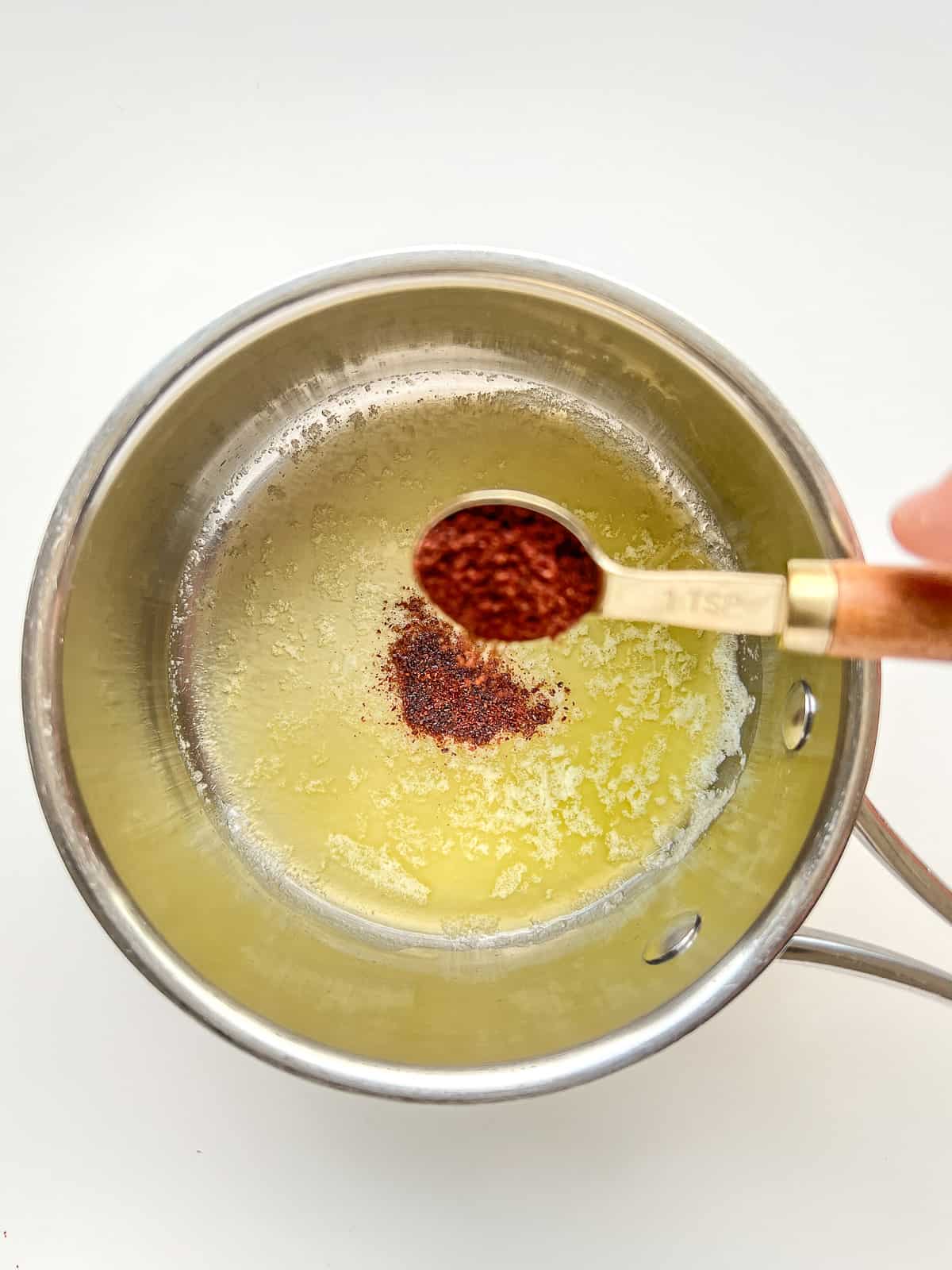
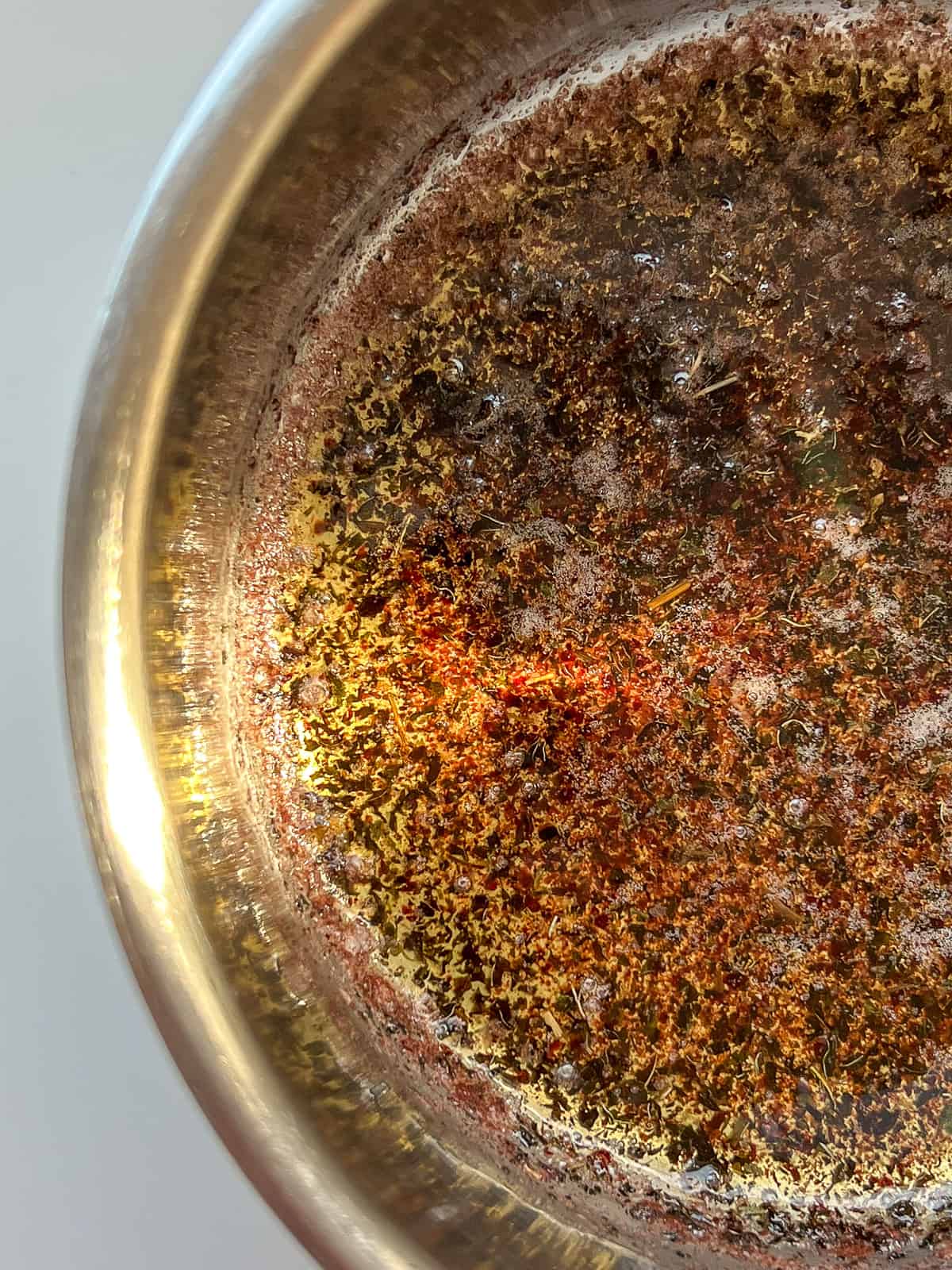
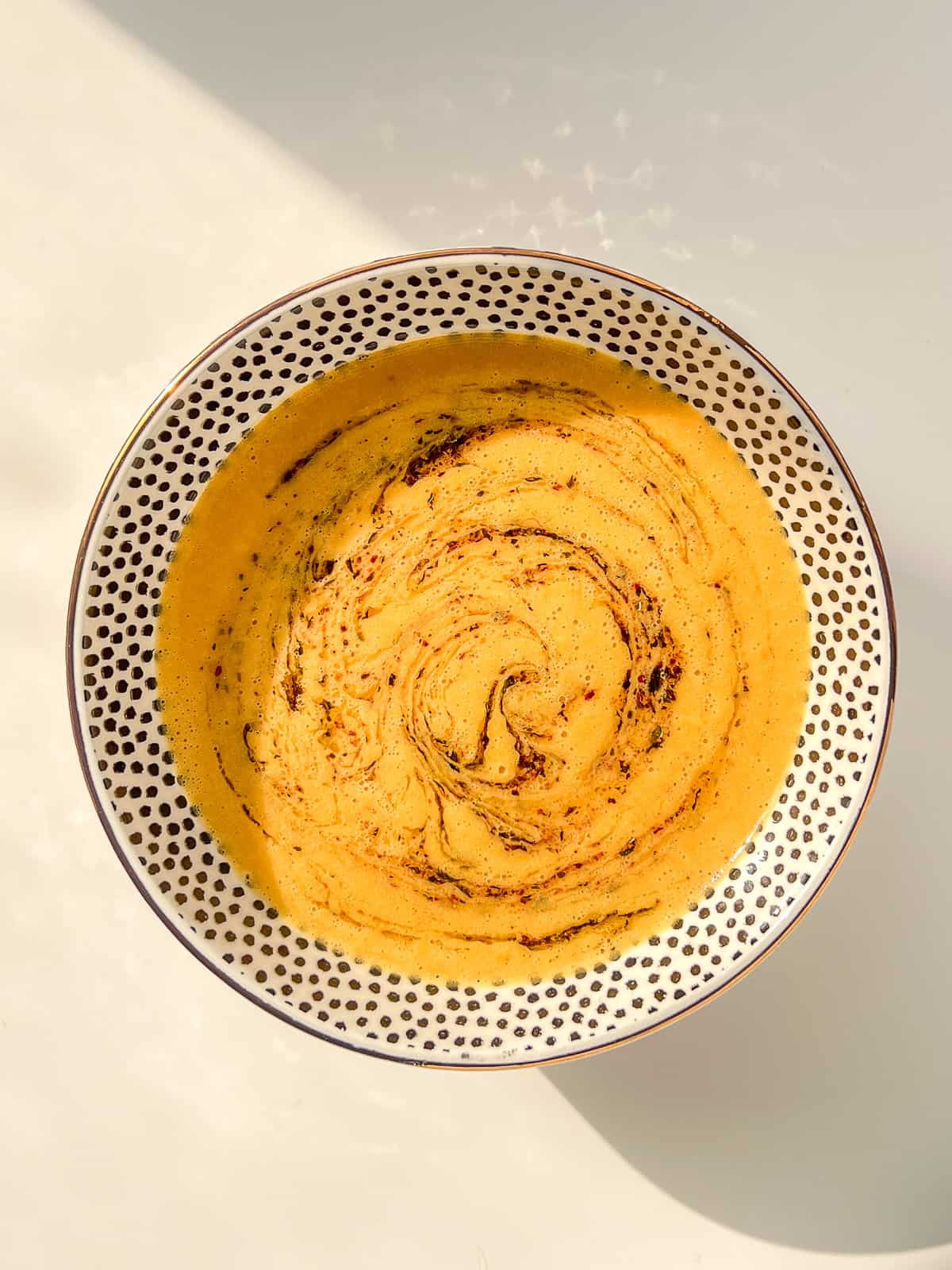



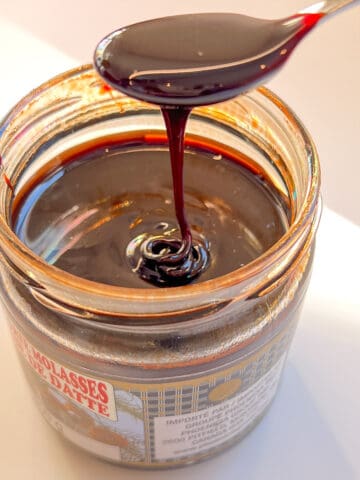
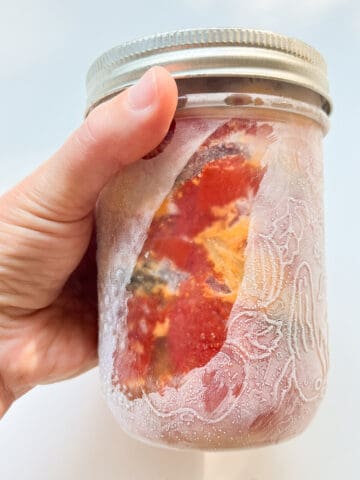
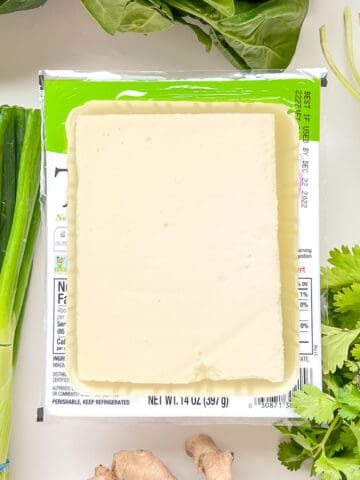

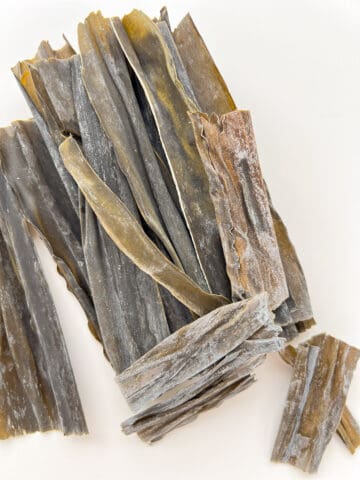
Leave a Reply